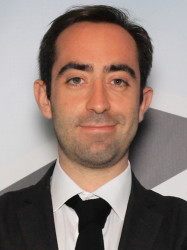BibTex format
@article{Sandrone:2020:10.3389/fpsyt.2020.00211,
author = {Sandrone, S and Jimmy, B and Chad, C and Jacquelyne, C and Neel, D and Amtul, F and Jessica, K and James, O and Gustavo, P and Harini, S and Daniel, W and Logan, S},
doi = {10.3389/fpsyt.2020.00211},
journal = {Frontiers in Psychiatry},
title = {Active learning in psychiatry education: current practices and future perspectives},
url = {http://dx.doi.org/10.3389/fpsyt.2020.00211},
volume = {11},
year = {2020}
}

